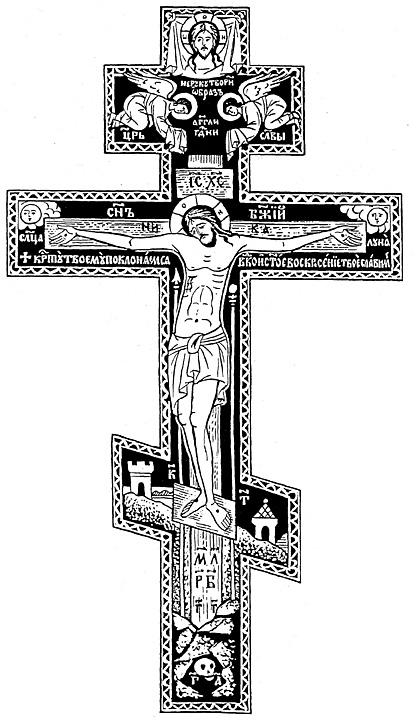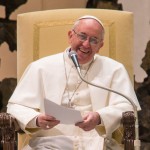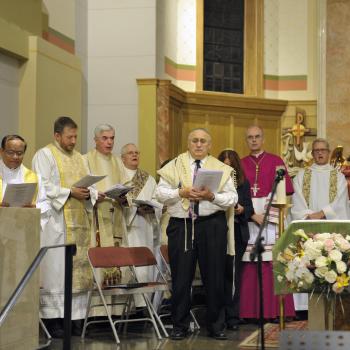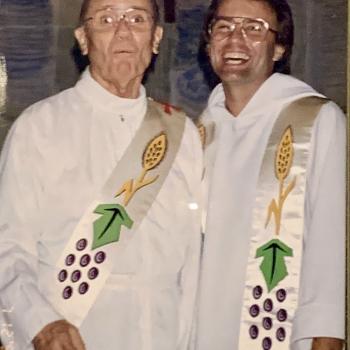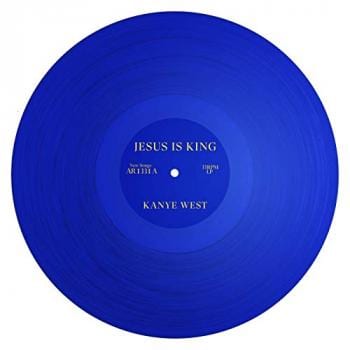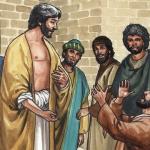With events in Ukraine continuing to dominate the headlines, and crosses like the one above become more familiar, this item deserves some attention.
An Eastern Rite friend posted this on Facebook, and I thought it was pretty interesting: an explanation of the “three-bar cross” used among the Orthodox.
A lot of complex and beautiful imagery is involved, but here’s the explanation for the slanted lower bar:
The slanted bottom bar is the foot-brace. In prayers for the Ninth Hour, the Church likens the Cross to a type of balance of righteousness:
“Between two thieves Thy Cross did prove to be a balance of righteousness: wherefore one of them was dragged down to Hades by the weight of his blasphemy [the balance points downward], whereas the other was lightened of his transgressions unto the comprehension of theology [the balance points upward]. O Christ God, glory to Thee.”
The city of Jerusalem is depicted in the background, for Christ was crucified outside the city walls. By the foot of the Cross are the letters: “Г Г” standing for ‘Mount Golgotha’ (in Slavonic: Гора Голгофы); this is the hill outside the city gates upon which Christ was crucified. Below the feet of Christ are four Slavonic letters with abbreviation marks: “М.Л.Р.Б.”, meaning: “The place of the skull, where Adam was” (in Slavonic: Место лобное рай бысть). Hidden in a cave under the earth is ‘the skull of Adam’ (for by pious tradition it is said that Christ was crucified at preciseIy the same place where Adam was buried), identified with the letters: “Г А”(in Slavonic: глава Адамла). We are thus reminded that Adam our forefather lost Paradise through the tree from which he wrongIy partook; Christ is the new Adam, bringing us Salvation and Paradise through the tree of the Cross.
Read it all. Fascinating stuff.

